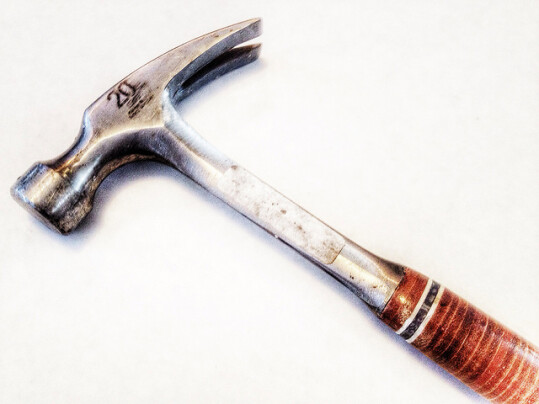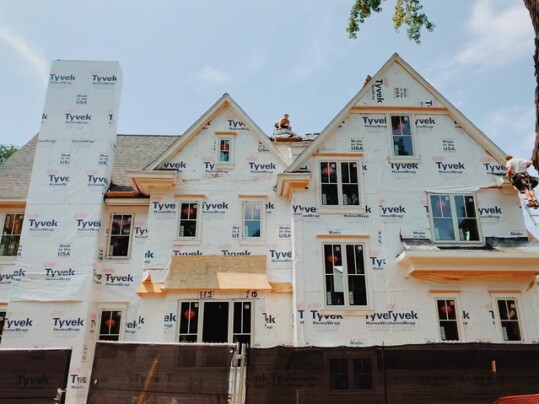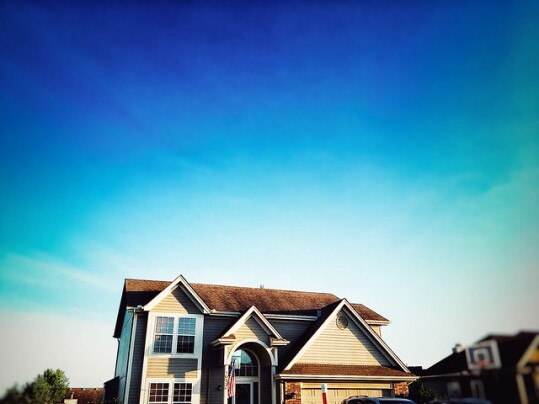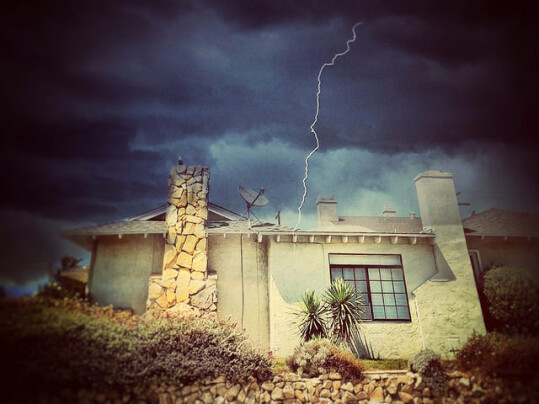The number of homes available for sale has been lower than normal for a while now. In many markets, there aren’t enough homes for sale to meet buyer demand, and – since there are more buyers than available homes – prices and competition continue to rise. In short, more new homes are needed. So it’s encouraging that the most recent residential construction report from the U.S. Census Bureau and the Department of Housing and Urban Development shows more new homes are under construction and permits to build are also on the rise. According to the report, building permits are now 8.5 percent higher than they were last year at the same time. Additionally, the number of new homes that began construction in November was 12.8 percent higher than November 2019. It marks the seventh-consecutive month that single-family home construction has increased. In other words, new home construction is accelerating, even as the broader economy slows. That bodes well for the 2021 housing market, as an increasing supply of new homes will help bring balance to the market and moderate any future home-price spikes. (source)
Archive for December 2020
Builders Optimistic Heading Into New Year
The National Association of Home Builders conducts a monthly survey to measure how optimistic builders are in the market for newly built homes. Their Housing Market Index scores responses on a scale where any number above 50 indicates more builders view conditions as good than poor. The results are seen as a good indicator of housing health, as a home builder’s business is dependent on being able to read the market and anticipate buyer demand. In December, the Index fell four points to 86, after hitting a record high of 90 the month before. Robert Dietz, NAHB’s chief economist, says the housing market is a bright spot in the economy, but will face some challenges in the year ahead. “Builder confidence fell back from historic levels in December, as housing remains a bright spot for a recovering economy,” Dietz said. “The issues that have limited housing supply in recent years, including land and material availability and a persistent skilled labor shortage, will continue to place upward pressure on constructions costs.” (source)
Home Buyers Stay Active Into December
December isn’t usually the month people think of when they think about buying a home, but this year is different. The housing market is hot and buyers are still active – even as most Americans settle in for the holidays. For example, according to the Mortgage Bankers Association’s Weekly Applications Survey, demand for loans to buy homes continues to rise. Joel Kan, MBA’s associate vice president of economic and industry forecasting, says the gains have been widespread. “The ongoing strength in the housing market has carried into December,” Kan said. “Applications to buy a home increased for the fourth time in five weeks, as both conventional and government segments of the market saw gains. Government purchase applications rose for the sixth straight week to the highest level since June – perhaps a sign that more first-time buyers are entering the market.” Overall, purchase-loan application demand is up 26 percent from the same week one year ago. One reason for the strength is persistently low mortgage rates, and last week saw rates fall even further. In fact, average rates for 30-year fixed-rate mortgages with conforming loan balances set yet another record low. (source)
Can The Housing Market Keep Its Momentum?
The housing market in 2020 has been surprisingly resilient. Though coronavirus-mitigation efforts stalled what was forecast to be a strong spring, the market came back quickly and its hot summer carried into fall. But can the real-estate market continue its current pace in 2021? Well, according to the most recent outlook from Fannie Mae’s Economic and Strategic Research Group, the answer is mixed. Doug Duncan, Fannie Mae’s senior vice president and chief economist, says they expect it’ll be a good year, if a bit slower. “We also expect housing to remain strong, despite slowing from its previously torrid pace, as home builders catch up on current commitments and more existing homeowners list their homes to take advantage of strong price growth,” Duncan said. “We expect the mortgage market to finish 2020 at a historic level of production before slowing slightly but remaining strong in 2021.” In other words, home buyers, sellers, and owners can expect similar, if slightly slower, conditions in the year ahead. (source)
Homes In Risk Areas See Slower Price Growth
Home buyers have a lot to think about. After all, there’s a laundry list of factors, features, and amenities to consider when deciding on a house to buy. Everything from the size of the kitchen to the neighborhood and school district is up for discussion. So it isn’t surprising that homes for sale in areas at high risk of flood or fire might give buyers pause. But a new analysis from the National Association of Realtors’ consumer website shows exactly how that hesitation affects home prices in those locations. According to the study, homes in high-risk areas show slower price growth than those in areas with less risk. In fact, over the past five years, homes in locations at risk of flooding saw sales prices 5 percent lower than homes in surrounding areas. In locations at risk for fire, prices grew 3 percent slower. Danielle Hale, chief economist for the website, says at-risk homes may have a lower price tag but they also come with some additional costs. “When buying a home in a flood or fire-prone area, home shoppers should budget for the added cost of home insurance, mitigation practices, and potential losses, which can add to the total cost of ownership for the home.” (source)
How Much Is The Median Down Payment Now?
In the minds of home buyers, there are two big numbers to consider. One is the monthly mortgage payment. Calculating what a particular house will cost you each month is an important determiner of whether or not you can really afford it. But you can’t calculate your prospective monthly mortgage payment without knowing first what your down payment will be. That’s why the down payment is the other number home buyers have to grapple with before buying. Figuring out how much you will potentially have to put down on a house and where you will get the money are among the first questions prospective buyers should address. So what should they expect their down payment to be? Well, it depends on where they’re buying, of course. A down payment in San Francisco is going to be a lot different than a down payment in Kansas City. But, according to one recent analysis, the median down payment nationally, during the third quarter of 2020, was $20,775. That’s 6.6 percent of the median sales price for homes purchased during the same period. It’s also good place to start when thinking about how much you’ll need to put toward your next house. (source)
Commute To Work Falls From Top Buyer Concerns
In the past, shopping for a house to buy involved calculating how difficult your commute to work would be. Whether it was measuring the distance to public transportation, the nearest highway, or timing the total drive, home buyers had to consider their daily routine before making an offer. Then, COVID hit and changed everything. Now, with more Americans working from home, commutes are becoming less of a factor in home buying decisions and it’s changing how and where we buy. For example, a recent survey found that 40 percent of Americans who have recently moved or plan to soon are relocating more than 100 miles away – half of them are moving over 500 miles away. Additionally, real-estate professionals report that they are seeing more city-to-suburb moves and are getting far fewer requests for homes close to transportation options. And now it’s looking like the change will be permanent. In fact, three out of four consumers who have moved or are planning a move say they don’t plan to return to the area where they lived pre-pandemic. (source)







